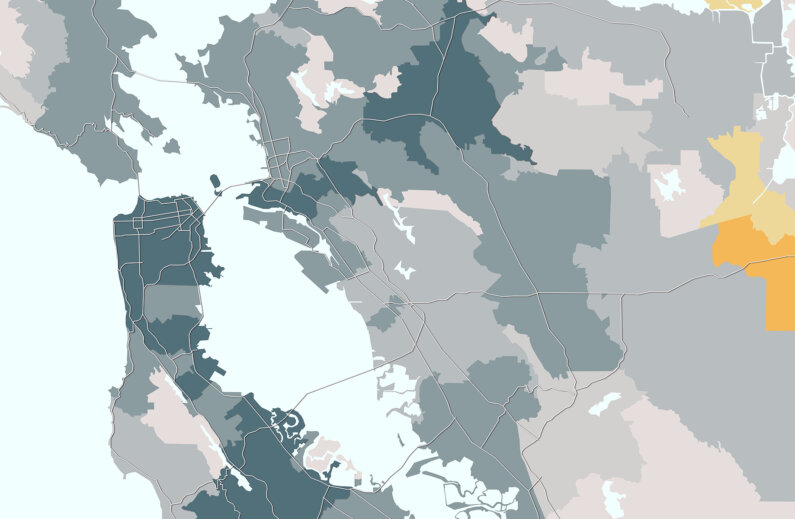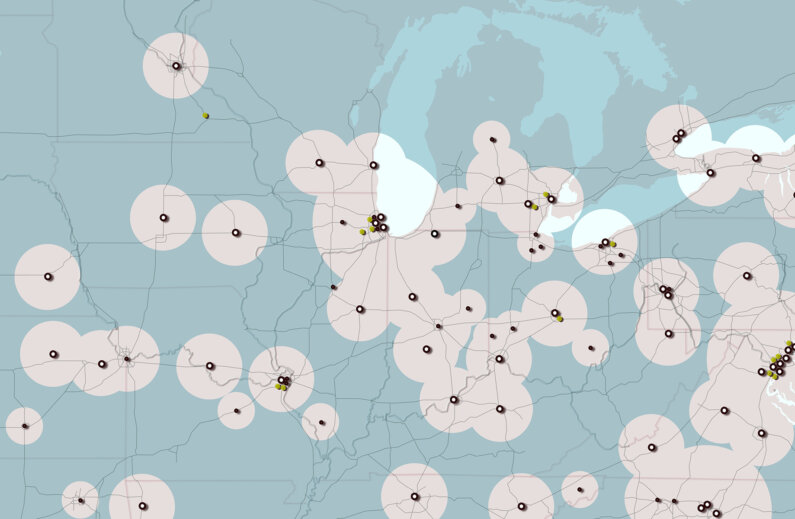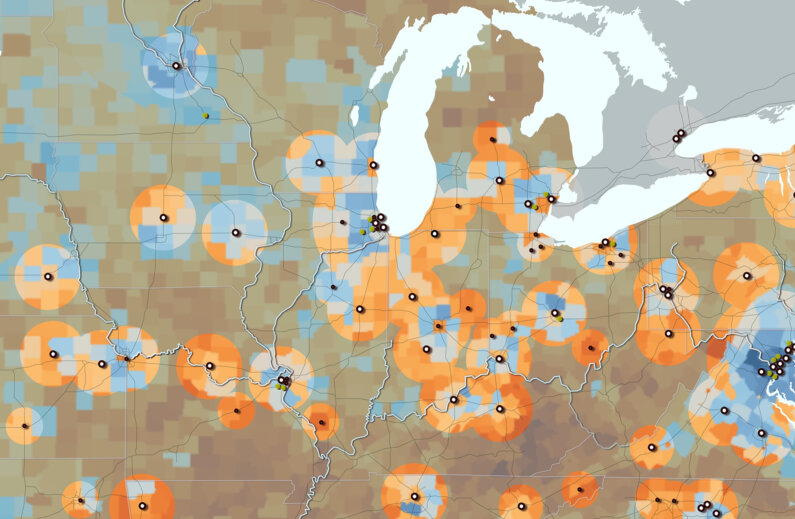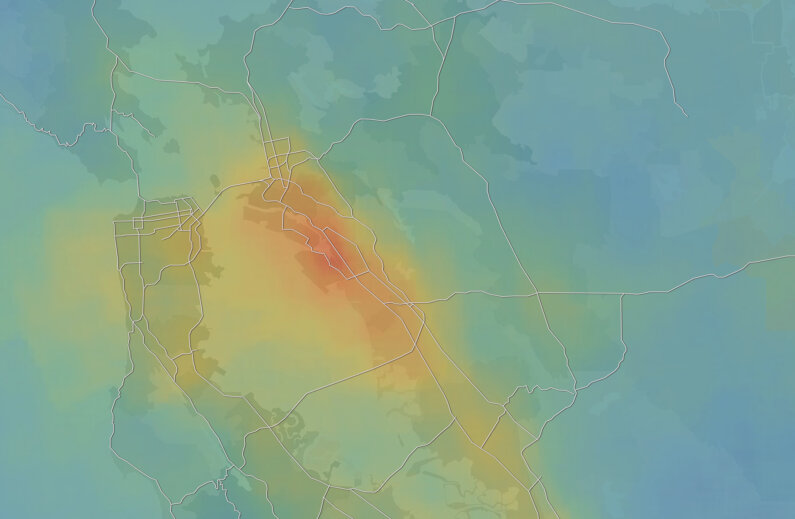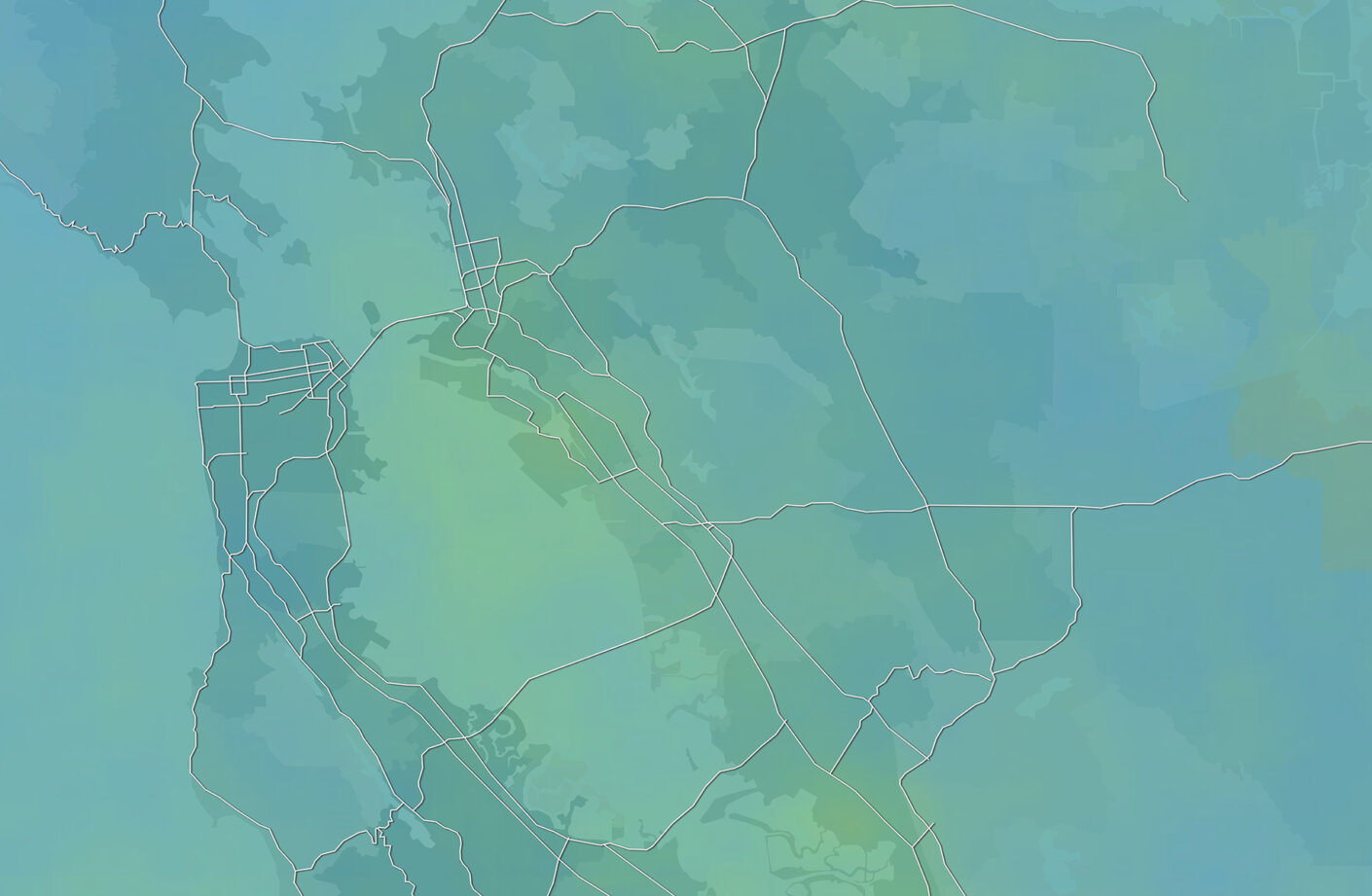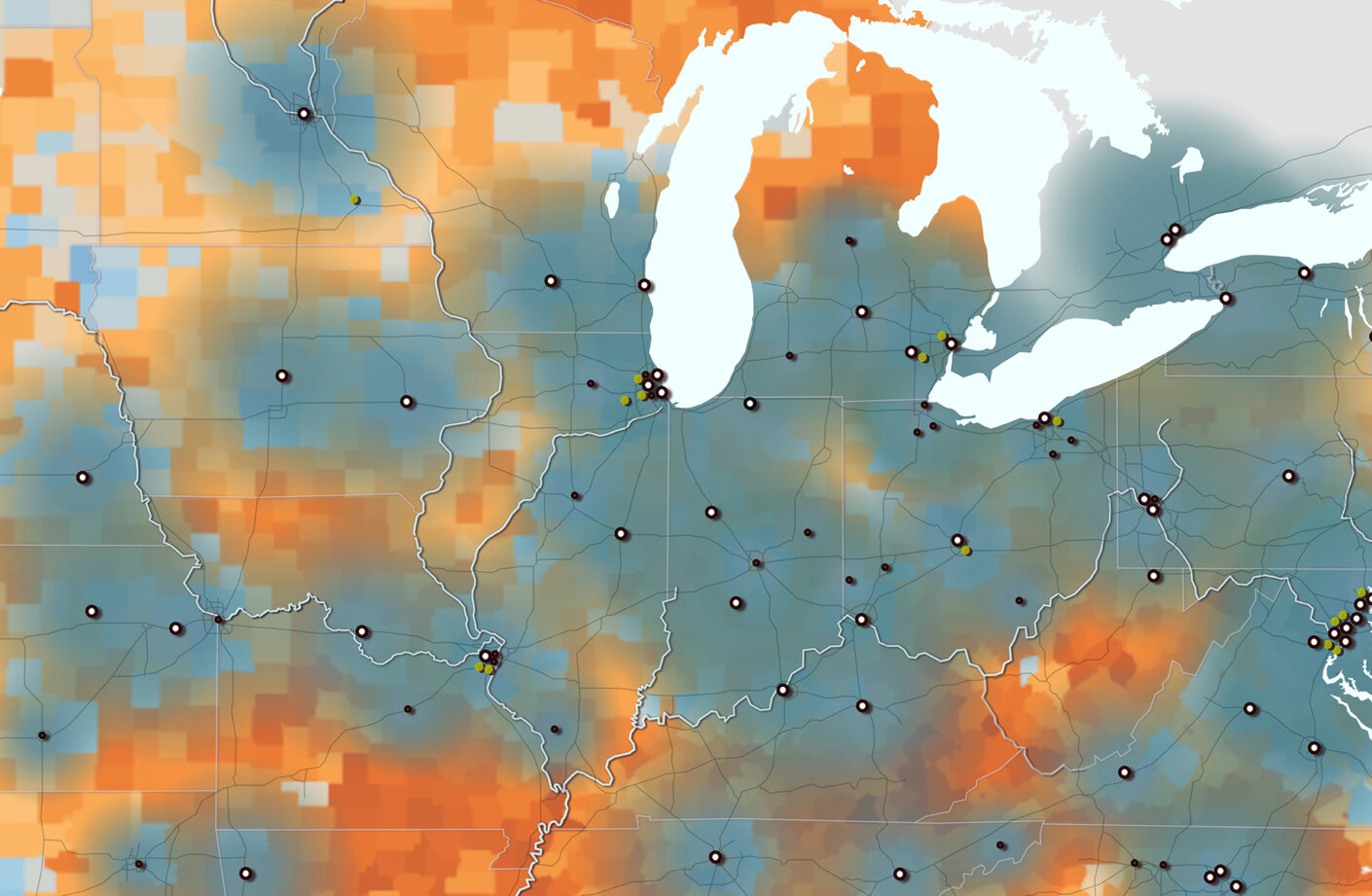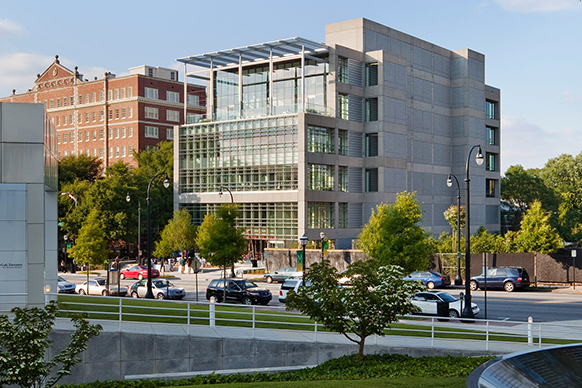As with COVID-19, these maps suggest the partial continuation of WFH/WFA and distance learning activities can also “flatten” our climate change and inequality curves.
Imagine the upsides if governments, companies, and academic anchors—precisely the coalitions addressing the pandemic now—facilitated part-time WFH/WFA protocols for millions of employees to work remotely one or two days every week. Strategies like this could help us reassess core facilities and community planning strategies for thousands of clients. Initiatives like this would push us to use space more strategically where face-to-face is essential and to distribute non-essential work throughout thousands of WFH/WFA locations, reducing social and environmental damage. There’s a business case for all of this too—a recent Harvard study indicates WFA strategies boost productivity 5%.
Imagine what new partnerships and businesses might form in our new normal. Recent initiatives like Amazon’s HQ2 competition highlight which metros are positioned for success and which are at-risk. The winner, the Northern Virginia/DC Metro area, epitomizes spatial mismatch with demographics deeply divided along socio-economic lines, meanwhile too many major states and cities are literally not on the map. Imagine if Amazon, one company thriving during this crisis, worked with dozens of anchor institutions to create technology-focused distance learning resources committed to employing its graduates in hundreds of underserved communities—a virtual HQ2020?
Let’s take the next few months to beta test remote work and learning as tools for delivering economic hope and knowledge to the millions of Americans off the social and economic grid. Let’s explore how distance learning and work can make in-person interactions better and more equitable. Let’s seize this once-in-a-generation opportunity to address our most significant challenges.
Before COVID-19, “Go Big or Go Home” was a visionary mantra. Perhaps ours should be Go Big and Stay Home.
